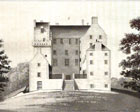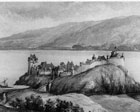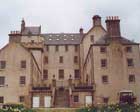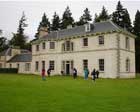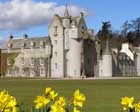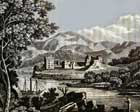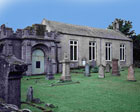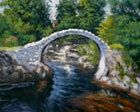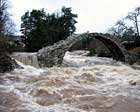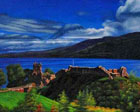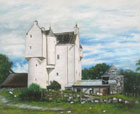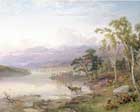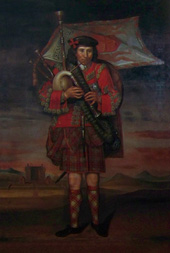 |
||
 |
||
Grant ClanStand Fast |
||||||
|
Clan Grant information
|
||||||
 |
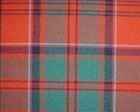 |
 |
||||
|
Clan crest badge |
Clan Castle 1836 |
Grant tartan-dress |
Clan Location |
|||
|
Urquhart Castle then |
Castle Grant |
The Doune |
Ballindalloch Castle |
|||
|
Urquhart Castle 1826 |
Duthil Kirk |
Carrbridge |
flash flood |
|||
|
Urquhart Castle now |
Muckrach Castle |
Rothiemercus 1850 |
Grant postcard 1890's |
|||
*** Clan HistoryThe Grant name started to make an appearance in the north of Scotland around the early 13th century. Descendants of Sir Laurence Le Grant, Sheriff of Inverness in 1258. Supporters of William Wallace and Robert the Bruce however allegiances were divided over the Jacobite cause with Grants fighting on both sides. Grantown on Spey was built by the Grant clan chief as a place for his clan members to live and a centre for manufacturing items for the woolen industry. This was at a time when other clan chiefs were clearing their lands. Foundations were laid 19 years after Culloden and today the population is around 2,500. The River Spey known world-wide for it's salmon fishing is one of the longest rivers in Scotland and due to it's origins, above 300 metres, it can be prone to flash floods after a heavy rainfall in the mountains. In certain areas it flows faster than 50 feet per second making it the fastest flowing river in Britain. The power of the river was harnessed to power the woolen mills. Carrbridge got it's name from the bridge over the river Carr. There was a funeral procession bearing a prominent member of the Clan Grant to the burial grounds at the nearby Duthil Kirk. They had to ford the River Carr, and just as the funeral procession was picking their way across the river, heavy rains upstream caused a flash flood that washed away the entire funeral procession. Because of that tragedy, the Clan Chief Brigadier-General Sir Alexander Grant of Grant in 1717 commissioned the building of a bridge. Duthil Kirk near Carrbridge, where many of the Chiefs and prominent members of the early Clan Grant are buried. Now owned by the Clan Grant and used as a visitor centre. Grant Castle located 1 mile north of Grantown on Spey dates back to the
early 15th century and was always
occupied by the Grant Clan apart from
a brief episode when the
Jacobites took over occupation in 1747. Since
1950 the Castle has ceased to be the family seat and has been in a poor
condition for a number of years, changing owners frequently.
Doune of the Rothiemurchus - In 1585 a branch of the Chief's line established themselves further down the river Spey. Patrick Grant moved into the Doune around that time and there is still a descendant of his in charge to this day. Ballindalloch Castle is located 15 miles down the Spey. A home of the Grant of Grant family since 1546. In the early 18th century, it was sold to their cousin, Colonel William Grant of Rothiemurchus and later on by inheritance changed owners to George MacPherson-Grant. Ballindalloch is a beautiful castle that started life as a simple fortified tower and has evolved over the centuries to meet the demands placed upon it. The estates are blessed to have both the River Spey and the River Avon running through them. Descendants of that line still live there today. Urquhart Castle by Loch Ness is the third most visited castle in Scotland. It's foundations go back to the 6th century. Being added on and strengthened through the years it became one of the largest medieval strongholds in Northern Scotland.
|
||||||
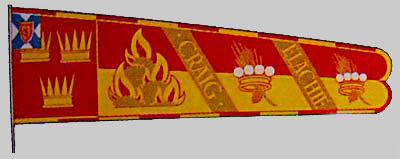
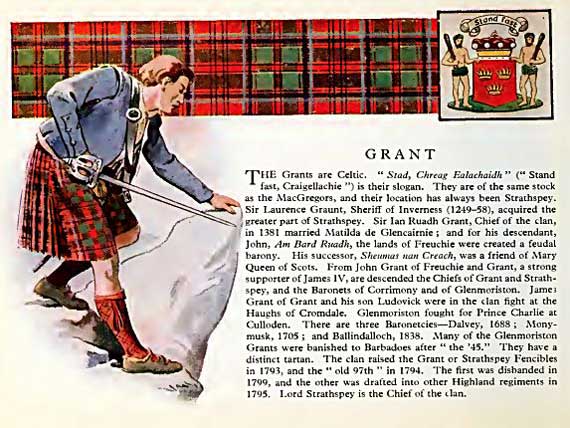 |
||||||
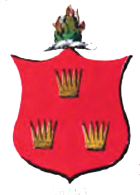
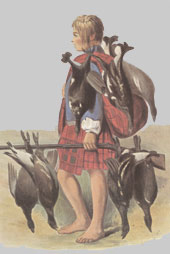
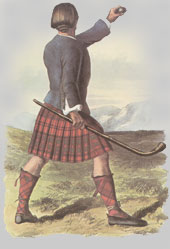
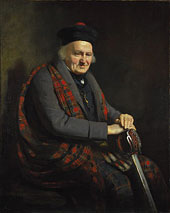
Patrick Grant 1713 - 1824
painted in 1822
When he was young Patrick had fought on the Jacobite side against the Hanoverian army during the 1745 Rising.
Nearly eighty years later, George IV visited Edinburgh in 1822, Grant was introduced to the King as 'His Majesty's oldest enemy'. The King offered Grant and his daughter a state pension, one of his many acts aimed at reconciling England and Scotland and strengthening the new nation of Great Britain. In this sympathetic portrait the sitter, swathed in tartan and wearing a large crucifix, looks considerably younger than his 109 years
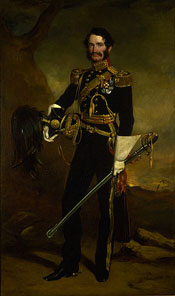
General Sir James Hope Grant
1808-1875
painted by his brother
Sir Francis Grant

Grant wears a plaid and kilt of Grant tartan. Accoutrements include a fine pair of flintlock all-steel pistols and a powder-horn, and he carries a modern Lochaber axe. His sword has an unusual basket hilt. Painted Feb. 1868
